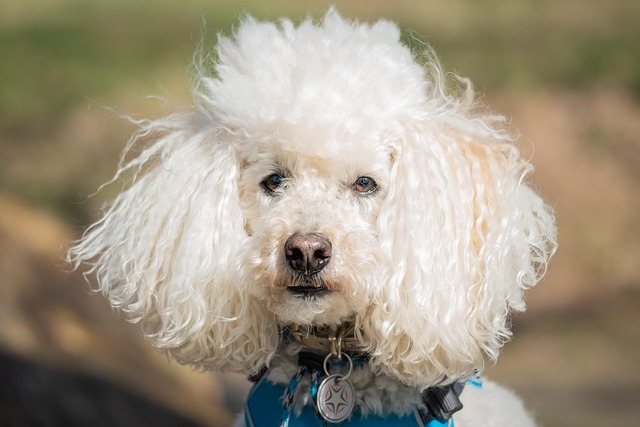
How do i train my dog to be obedient?
Watching your dog dart across the park ignoring your calls isn’t just frustrating—it can put them at risk near busy streets or public spaces.
Most dog owners know the rush—you’re already late for work, but your pup just stands sniffing grass like it’s a full-time job. The trick here is consistency: stick to the same time and route every day. Dogs thrive on routine, so if you take them out at 7 a.m. and walk the same block, their body will start to associate that with bathroom time. This simple step cuts down on aimless wandering way faster than you might think.
Once you’re outside, use a clear verbal cue—something like “go potty”—each time they get ready to do their business. When they follow through, reward them right away with a tiny treat or excited praise. Just remember: always bring poop bags. Places like California fine owners up to $500 for leaving dog waste, so staying compliant keeps you out of trouble while teaching your dog good habits.
 Dogs get distracted easily, so pick a quiet spot away from busy streets or other dogs. A friend in New York learned this the hard way—her golden retriever would get so hyped by passersby that she’d forget why they were outside. Now they use a small, calm park corner, and her pup finishes in half the time. Familiarity helps your dog focus on the task at hand.
Dogs get distracted easily, so pick a quiet spot away from busy streets or other dogs. A friend in New York learned this the hard way—her golden retriever would get so hyped by passersby that she’d forget why they were outside. Now they use a small, calm park corner, and her pup finishes in half the time. Familiarity helps your dog focus on the task at hand.
Pay attention to your dog’s body language, too. If they’re circling, sniffing intensely, or pacing, that’s their way of saying “let’s go now.” Waiting until they’re already antsy means you’re more likely to rush them, which slows things down. Also, check local rules—some cities limit evening walks in residential areas, so planning around those times avoids extra stress for both of you.
For puppies or older dogs, you might need to adjust. Puppies have smaller bladders, so shorter, more frequent trips work better. Senior dogs might need a little extra time, but keeping the routine consistent still helps. If your dog is consistently taking too long, a quick vet check can rule out health issues—sometimes that’s the hidden cause.
Getting your dog to go quickly isn’t about rushing them; it’s about setting them up for success. With a steady routine, clear cues, and respect for local laws, you’ll both be back inside in no time—no more stress, no more missed mornings.

Watching your dog dart across the park ignoring your calls isn’t just frustrating—it can put them at risk near busy streets or public spaces.

New puppy owners often find themselves rushing to clean up accidents before they set in, and that’s where puppy pad training becomes a game-changer.

If you've noticed your dog's waistline disappearing and your veterinarian has mentioned those few extra pounds, your first instinct might be to simply reduce the amount of food in their bowl.

Training a dog to use a designated spot indoors isn’t as daunting as many new owners fear, but it does take consistency and an understanding of your pet’s needs.

That moment of dread on a walk is all too familiar for many new dog owners. You see another dog approaching down the sidewalk of your neighborhood

If the sight of another dog on your neighborhood walk makes your heart sink as your own dog erupts into a frenzy of barking and lunging, you're not alone.